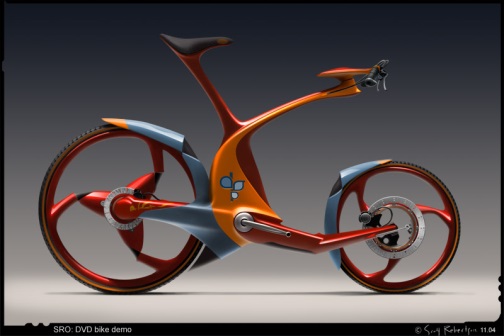

Protecting Designs - The Hague System
April 15, 2015
Categories:
Post date:
15. April 2015 - 15:42
The Hague Agreement is an international registration system which offers the possibility of obtaining protection for industrial designs in a number of States and/or intergovernmental organizations by means of a single international application filed with the World Intellectual Property Organization (WIPO).
Introduction
The Hague Agreement is consist of four international treaties:
- Hague Agreement of November 6, 1925
- The London Act of June 2, 1934
- The Hague Act of November 28, 1960
- The Geneva Act of July 2, 1999
- The applicant must be a national of a Contracting Party or a Member State of an intergovernmental organization which is a Contracting Party
- or have a domicile in the territory of a Contracting Party
- or have a real and effective industrial or commercial establishment in the territory of a Contracting Party.
- only under the Geneva Act, an international application may be filed on the basis of habitual residence in a Contracting Party
Related
- "Neuschwanstein" is not a trademark!
- 1 December 2017: Madrid Monitor takes its place as the one and only tool for tracking international trademarks
- 1 January 2020 - Changes in Classifications - Trademarks, Designs, Patents and Utility Models
- 100th Anniversary of Bavaria (Germany) - A glance at trademarks, start-ups, innovation & events
- 10th Anniversary Edition - 10 Things to Know about LexDellmeier - Past, Present & Future
- 14 June 2013: Munich Patent Law Conference - Calculating Damages in Patent Infringement Cases
- 15 Top Brands - Interactive Brand Rating - Years 2000 - 2018
- 15 Years LexDellmeier - 2024 New Year Wishes
- 2014: Statistics for Community Trademarks
- 2024 World IP Day - Building Our Common Future with Innovation and Creativity



